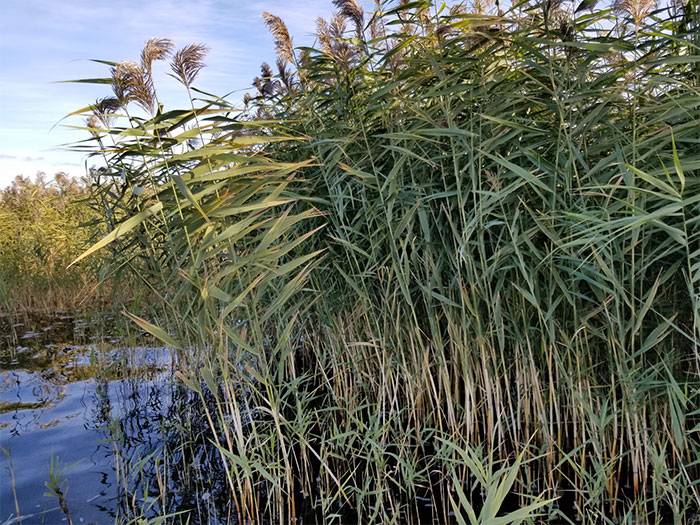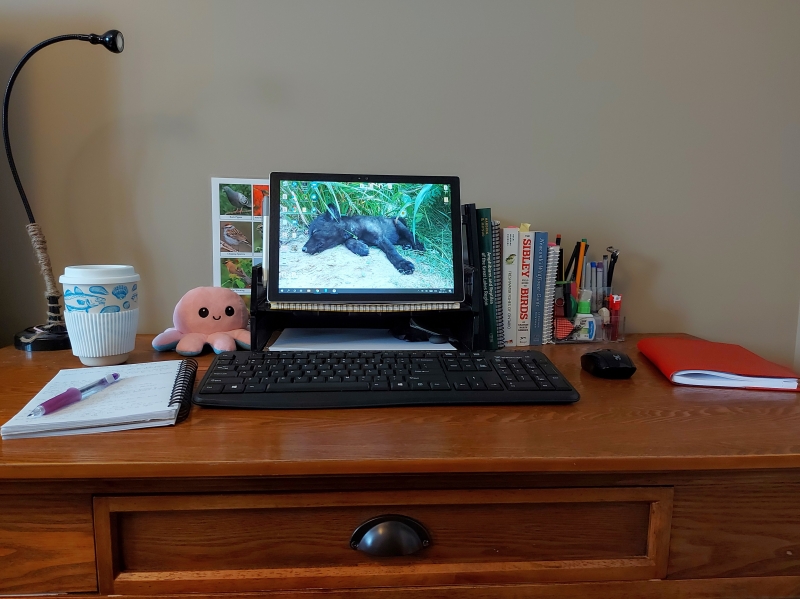Parks Canada - Great Lakes Protected Areas Network

Project Details
Parks Canada protects and presents nationally significant examples of Canada’s natural and cultural heritage, and fosters public understanding, appreciation, and enjoyment.
Placement Details
Placements with Parks Canada’s national offices involve a mix of research and policy, and generally a better understanding of conservation from a wider lens. This placement is under the Protected Areas Establishment and Conservation Directorate within the Marine Conservation Program at Parks Canada.
Working closely with staff from Parks Canada’s National Marine Conservation team and the Executive Directors Office for Ontario and Waterways, the 2023 ambassadors researched and prepared an inventory of aquatic invasive species (AIS) management efforts in Ontario and Waterway Sites, including activities related to surveillance, control/eradication, and monitoring. This inventory will then be used to identify gaps and opportunities for regional actions and communications.
To support PC sites and improve regional coordination, the ambassadors reviewed, and possibly developed, a permitting template for Parks Canada’s AIS approval process. In addition, the ambassadors also examined efforts to reinforce regional AIS partnerships with Fisheries and Oceans (DFO) and the Ontario Ministry of Natural Resources and Forestry (OMNRF), including watchlists and notification protocols. They were also invited to participate along with other PC staff in Great Lakes Water Quality Agreement AIS-related meetings to further build their professional networks.
Placement Category: Data Management and Reporting; Policy and Strategy
Placement Season: Flexible
Placement Type: Virtual
2023 Participant Highlight
Participants Brittany Savoie and Rachel Lewis
Brittany Savoie says that “Through this placement, I had the opportunity to learn about the aquatic invasive species impacting Ontario and Quebec, and all of the ways that various Parks Canada sites of the Ontario and Waterways region are tackling their spread within freshwater ecosystems. With my coworker Rachel, I created a database that highlights these species and management efforts, which intends to be a useful tool for park staff to plan future AIS actions, by facilitating the exchange of information between sites. I had several meetings with ecologists and resource conservation officers to showcase our work, which helped to increase my confidence with communicating scientific information with people who are well versed in these topics. Overall, I am leaving this placement with more knowledge and I’m inspired to continue a career to help protect biodiversity and the environment.”
2021 Participant Highlight
Participant Cécile Tang
Cécile’s project varied from the most recent project and was focused on the Great Lakes Protected Areas Network (GLPAN) Fisheries Survey. She supported efforts to advance freshwater conservation by providing a snapshot and examples of how fisheries authorities and protected area authorities align and integrate their management approaches. The scope of her project encompassed all fisheries activities, including recreational, commercial, and Indigenous.
She worked on a binational inventory of fisheries and fish habitat management approaches in protected areas across the Laurentian Great Lakes, connecting with protected area and fisheries authorities in Canada and the U.S., including Parks Canada, US NPS, NOAA, State and Provincial agencies. She designed the survey, coordinated its distribution, compiled results, and developed both a database and final report. Her work involved research, reviewing community objectives, local regulations, policies and plans across the Great Lakes region to create site-specific inventories spanning the Canadian and US border. This was an in-depth, complex project requiring strong database management, GIS, and research skills.



